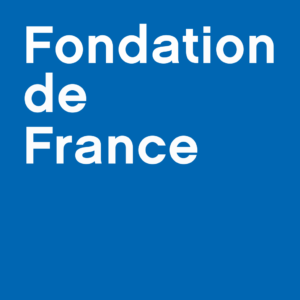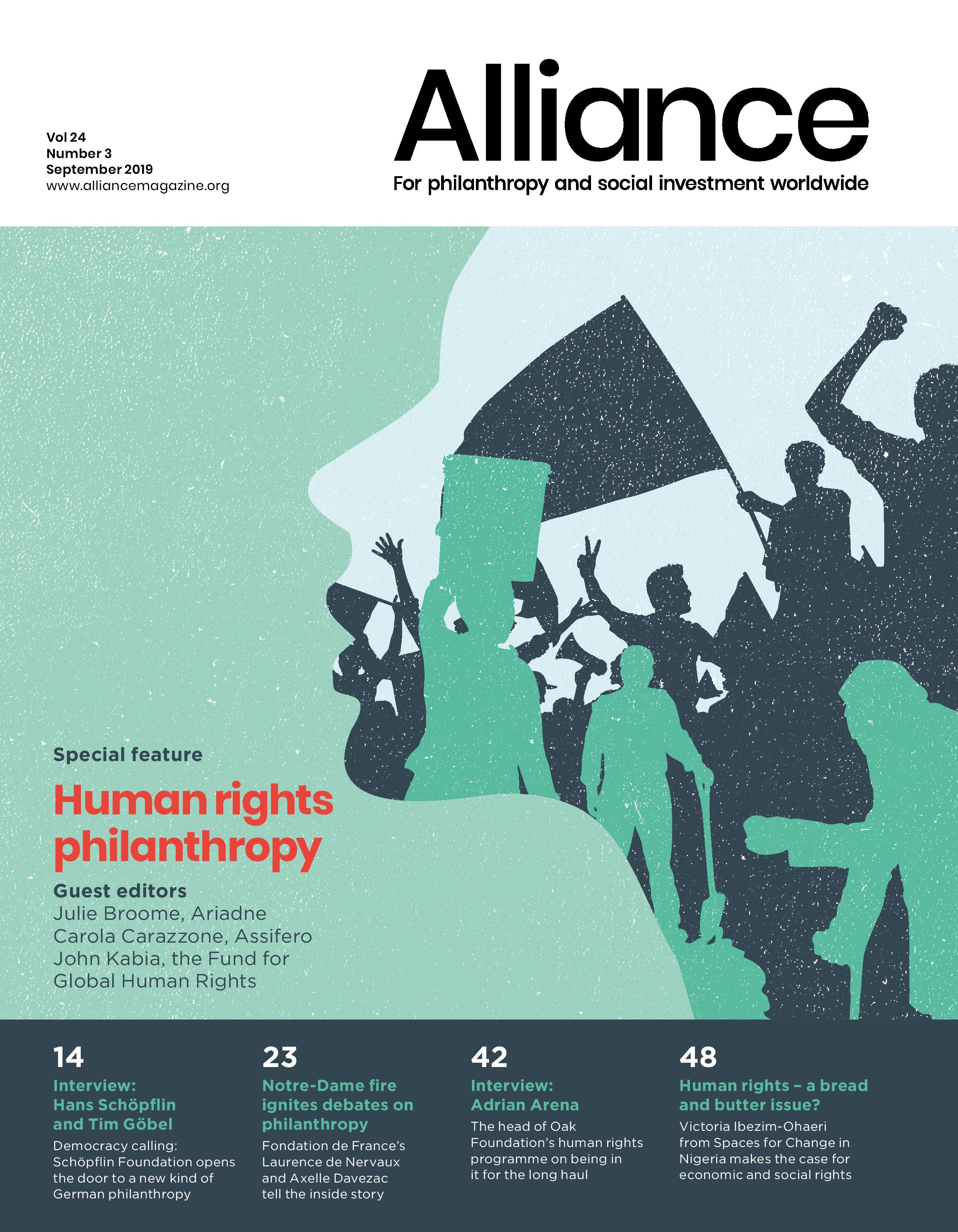Almost as great as the outpouring to restore the cathedral of Notre-Dame has been the flood of controversy it has unleashed
On 15 April this year, a major fire broke out in Notre-Dame cathedral in the very heart of Paris. That same evening, French president Emmanuel Macron announced the launch of a national subscription to rebuild this gem of French history and heritage.
No more than 24 hours later, €850 million had already been pledged by a handful of billionaires, either in their names or through their companies or foundations. At the same time, Fondation de France was one of the four organisations charged by the French government with raising funds for Notre-Dame. As international media coverage was massive, donations also came from all over the world.
This episode was unprecedented in many ways.
First, in a secular country, the nationwide emotion around a religious monument was striking. It testified to the appeal of Notre-Dame, far beyond religion. A powerful symbol of romantic Paris and of the immutability of cultural heritage, it is simply the most visited monument in the most visited city in the world.
The mega-gifts also raised the question of benefit to the giver. Many commentators argued that they could not be called generous, but were rather commercial choices with high image returns.
Second, such a major giving campaign launched by the state, for the state, was also almost without parallel in France. The concept of a national subscription had been used only once before, in 1871, to build the Sacré-Coeur basilica of Montmartre. It was also unprecedented for Fondation de France – the largest French private foundation and a major actor in emergency fundraising – to be in a position to collect private gifts on behalf of the state, and thus to give up the freedom it usually enjoys in the redistribution process.
Third, the amount raised in 24 hours was also noteworthy in a country that does not have a deep tradition of private giving. The total annual amount of giving in France is €7.5 billion. Notre-Dame attracted one ninth of that sum in just one day. Until then, the highest amount raised in France in an emergency fundraising operation was €300 million for the Asian tsunami of 2004, which affected 10 countries and killed 250,000 people.
Mega-gifts and democracy
Of the €850 million in initial pledges, only €50 million came from small individual donations. This raised deep controversy, notably over the legitimacy of mega-gifts: are they a positive contribution to the national sense of solidarity? Or are they an insult to the democratic call issued by President Macron, who said, ‘We will rebuild our cathedral all together’, when only five individuals have the power to buy themselves the prestigious restoration of a national treasure?
For Fondation de France, making the gifts for Notre-Dame 100 per cent free of charge would have resulted in withdrawing a corresponding amount from giving for other causes.
This resonates with the arguments of scholars such as Rob Reich, whose latest book is explicitly titled: Just giving: Why philanthropy is failing democracy, and how it can do better. Reich argues that donors enjoy privileges which are anti-democratic. Through their wealth, they are able to give more than others, and thus to choose which fields of public interest they see as most valuable, and they are helped to do so by the state through the fiscal incentive on giving.
There was some bitterness when the brief, spontaneous sense of national togetherness was shattered by the impression that billionaires could disqualify popular generosity and make it seem useless. That popular generosity showed that the act of giving is not just about money. It is also a means for people to demonstrate their emotion, and in a sense it contributes to the individual and collective grieving process.
Philanthropists and yellow vests
Coincidentally, the fire took place on the night when President Macron was scheduled to announce measures to soothe the Yellow Vests crisis which had broken out four months before. In the context of major social tension around perceptions of fiscal inequality, the fact that these mega-gifts could be tax-deductible and thus be borne by modest taxpayers was extremely sensitive. Luxury empire founder François Pinault, who had first pledged €100 million on the night of the fire, said the following day that he would give up the tax deduction for that gift. In effect, the controversy was fuelled mostly by irrational popular emotion as the billionaires, for the most part, had already reached the upper limit of the tax deductions on giving.
This episode, was typical of the French ambivalence towards giving, they want the wealthy to be more engaged and generous, yet when they give massively and communicate their giving, they become the target of criticism.
But the simultaneous demonstration of painless giving by the country’s wealthiest, at a time when the government was struggling to explain to the lower-middle class that the level of taxation of these people was too high, was politically charged.
The mega-gifts also raised the question of benefit to the giver. Many commentators argued that they could not be called generous, but were rather commercial choices with high image returns. Should the potential immaterial benefit of a gift be taken into account, and should giving therefore be limited to avoid such a windfall effect in the case of highly symbolic objects which attract great publicity? If so, how could this benefit be estimated?
The roller-coaster of fundraising
This episode, and the media coverage it received, was typical of the French ambivalence towards giving, and wealth in general: they want the wealthy to be more engaged and generous, especially on issues of national concern, yet when they give massively and communicate their giving, they become the target of criticism.
Why should cultural heritage be more worthy of attention and generosity than other less glamorous and publicised causes, such as prison or mental health, considered as under-funded issues in France?
 For Fondation de France as an official fundraiser, the debate became even more complex a few days later, when it seemed possible that the gift pledges might exceed the actual budget for the restoration of the cathedral. In the event, this did not happen.
For Fondation de France as an official fundraiser, the debate became even more complex a few days later, when it seemed possible that the gift pledges might exceed the actual budget for the restoration of the cathedral. In the event, this did not happen.
But the emotional roller-coaster took a downturn again two months after the fire, when the press revealed that, out of the €850 million initially pledged, only 9 per cent had actually been given, mostly by private individuals making small gifts. In fact, mega-donors were, and still are, waiting for an estimate of the restoration budget, and preparing agreements with the state on the best use of their gifts.
Should admin be free of charge?
Another debate was triggered by an announcement on the day after the fire by one of the official fundraising organisations that 100 per cent of gifts would be dedicated to the cathedral. Since this claim was relayed by the press, it gave donors the feeling that organisations not offering zero fees were ripping them off.
Looking at figures, culture is clearly not the most favoured cause in France. It gets just 6 per cent of the total annual spending of French foundations, far behind solidarity and health.
Even though Fondation de France always strives to reduce the administrative cost of gifts to a minimum, it disagreed with the false notion that giving could be free of charge. Even the financial services companies used to make credit card gifts take up to 4 per cent of the gift at the moment of payment. For Fondation de France, making the gifts for Notre-Dame 100 per cent free of charge would have resulted in withdrawing a corresponding amount from giving for other causes, like cancer research or school dropout.
Hierarchy of values?
The fire raised yet another debate. Why should cultural heritage be more worthy of attention and generosity than other less glamorous and publicised causes, such as prison or mental health, considered as under-funded issues in France? This debate was exacerbated when the state, wanting to encourage popular giving to Notre-Dame, decided to raise the percentage of the tax deduction on income tax, which is usually 66 per cent of the amount of the gift, to 75 per cent. This decision triggered criticism among donors but also fundraisers, notably those involved in international solidarity, who pointed out the risk of de facto establishing a hierarchy of values between more or less important causes.
On this issue, Fondation de France reaffirmed its view that there should be no hierarchy other than the will of donors. As a matter of fact, looking at figures, culture is clearly not the most favoured cause in France. It gets just 6 per cent of the total annual spending of French foundations, far behind solidarity and health.
And on an optimistic note, this episode might result in an increase in all forms of generosity in France. It has amplified the usually rather confidential debate about philanthropy, and given visibility to causes other than cultural heritage, and to the legitimacy
Laurence de Nervaux is director of research at Fondation de France.
Email: Laurence.Denervaux@fdf.org
Twitter: @LdeNervaux
Axelle Davezac is CEO of Fondation de France.
Email: Axelle.Davezac@fdf.org
Twitter: @AxelleDavezac
Featured image by Olivier Mabelly (CC BY-NC 2.0)








Comments (0)